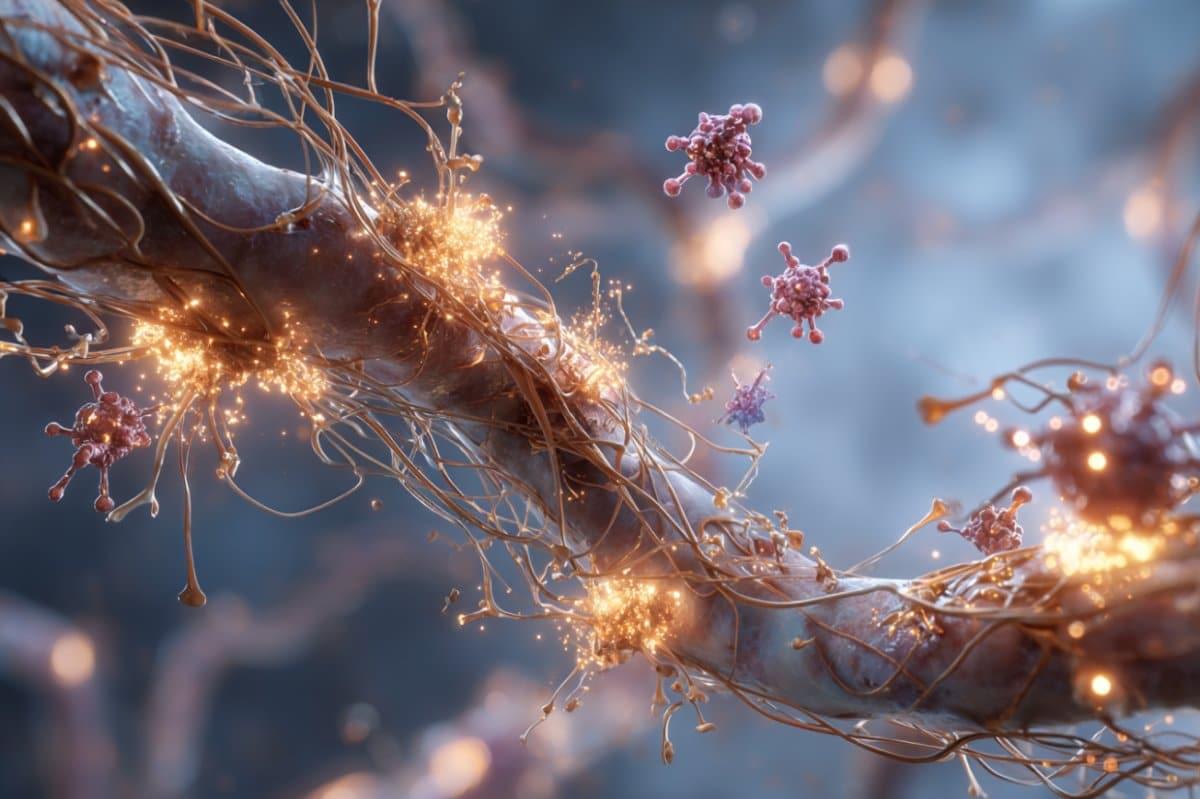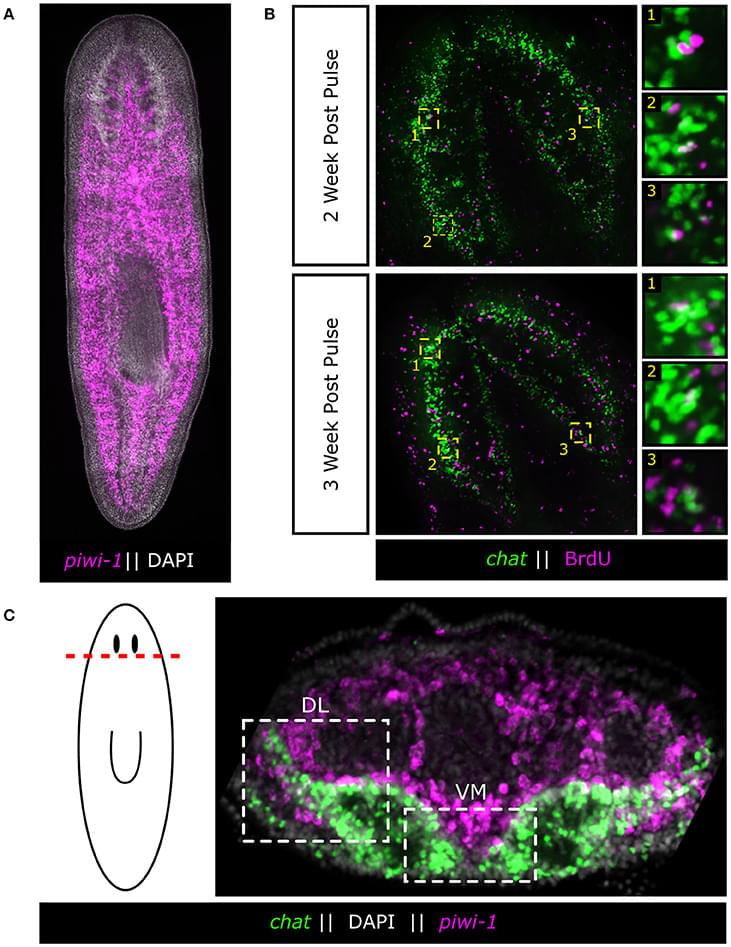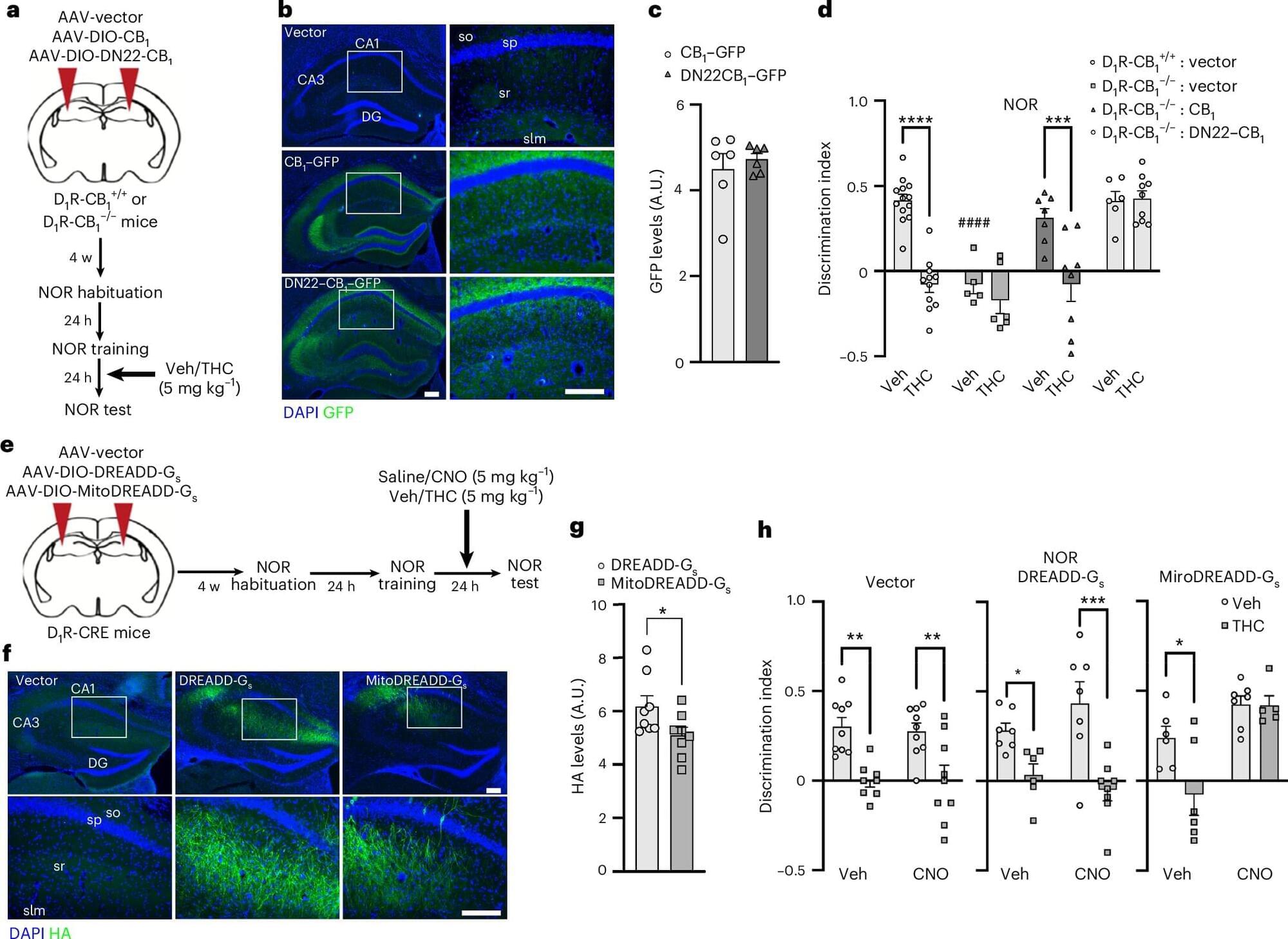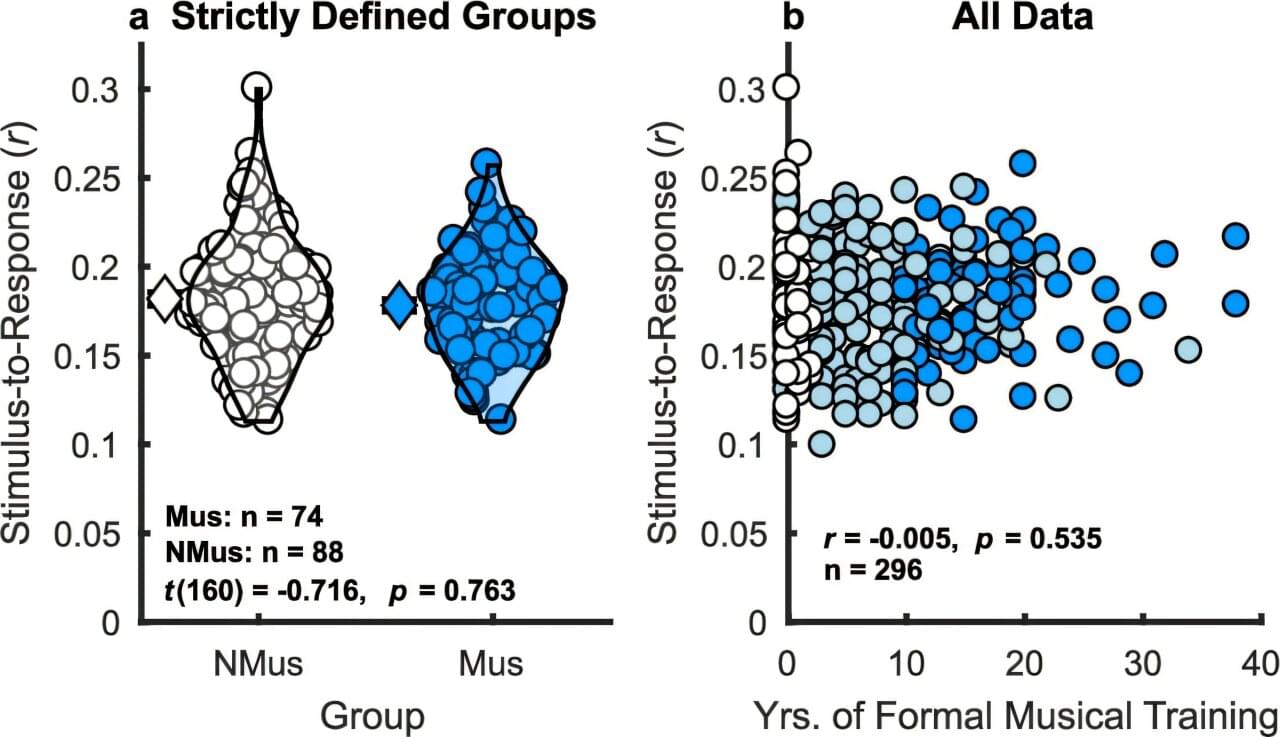A new study has uncovered why the blood-brain barrier — the brain’s protective shield — becomes leakier with age, potentially triggering memory decline.



In studies with genetically engineered mice, Johns Hopkins Medicine researchers say they have identified a potentially new biological target involving Aplp1, a cell surface protein that drives the spread of Parkinson’s disease-causing alpha-synuclein.
The findings, published May 31 2024 in Nature Communications, reveal how Aplp1 connects with Lag3, another cell surface receptor, in a key part of a process that helps spread harmful alpha-synuclein proteins to brain cells. Those protein buildups are hallmarks of Parkinson’s disease.
Notably, the researchers say, Lag3 is already the target of a combination cancer drug approved by the U.S. Food and Drug Administration (FDA) that uses antibodies to “teach” the human immune system what to seek and destroy.

Basically I believe that the flatworm could give the genetic code for essentially brain immortality other just nad plus. But it would have to be made in the brain and controlled possibly with nanotransfection which would scan the body and modify the human brain cells to have its characteristics that may already exist in the human brain also.
Powerful genetic tools in classical laboratory models have been fundamental to our understanding of how stem cells give rise to complex neural tissues during embryonic development. In contrast, adult neurogenesis in our model systems, if present, is typically constrained to one or a few zones of the adult brain to produce a limited subset of neurons leading to the dogma that the brain is primarily fixed post-development. The freshwater planarian (flatworm) is an invertebrate model system that challenges this dogma. The planarian possesses a brain containing several thousand neurons with very high rates of cell turnover (homeostasis), which can also be fully regenerated de novo from injury in just 7 days. Both homeostasis and regeneration depend on the activity of a large population of adult stem cells, called neoblasts, throughout the planarian body. Thus, much effort has been put forth to understand how the flatworm can continually give rise to the diversity of cell types found in the adult brain. Here we focus on work using single-cell genomics and functional analyses to unravel the cellular hierarchies from stem cell to neuron. In addition, we will review what is known about how planarians utilize developmental signaling to maintain proper tissue patterning, homeostasis, and cell-type diversity in their brains. Together, planarians are a powerful emerging model system to study the dynamics of adult neurogenesis and regeneration.
The adult brain has long been thought to be a fixed structure due to its immense complexity as is illustrated succinctly in the following quote from prominent nineteenth century neuroscientist and Nobel laureate Santiago Ramón y Cajal:
“Once the development was ended, the founts of growth and regeneration of the axons and dendrites dried up irrevocably. In the adult centers, the nerve paths are something fixed, ended, and immutable. Everything may die, nothing may be regenerated. It is for the science of the future to change, if possible, this harsh decree.”

Scientists have discovered a direct cause-and-effect link between faulty mitochondria and the memory loss seen in neurodegenerative diseases. By creating a novel tool to boost mitochondrial activity in mouse models, researchers restored memory performance, suggesting mitochondria could be a powerful new target for treatments. The findings not only shed light on the early drivers of brain cell degeneration but also open possibilities for slowing or even preventing diseases like Alzheimer’s.

The human cerebral cortex is only a few millimetres thick and arranged in numerous folds. This tissue usually becomes thinner with age. “This is a hallmark of aging. It is attributed, among other things, to the loss of neurons. As a result, some abilities deteriorate. In any case, it is generally assumed that less brain volume means reduced function,” explains Prof. Esther Kühn, a neuroscientist at DZNE and the Hertie Institute for Clinical Brain Research. “However, little is known about how exactly the cortex actually ages. This is remarkable, given that many of our daily activities depend on a functioning cortex. That’s why we examined the situation with high-resolution brain scans.”
Together with colleagues from Tübingen and Magdeburg, Esther Kühn focused on a part of the cerebral cortex where signals from the tactile sense are processed. This “primary somatosensory cortex” is located on the left and right side of the top of the head and extends along a strip about a finger’s width wide towards each ear. “This brain area is relevant for the perception of one’s own body and for interacting with the environment,” explains the neuroscientist. “When I pick up a key, grasp a door handle or even walk, I constantly need haptic feedback to control my movements. The corresponding stimuli converge in this area and are also processed here”
Using magnetic resonance imaging (MRI), the researchers were able to map this area of the cerebral cortex with unprecedented accuracy. To do this, they employed a particularly sensitive scanner with a magnetic field strength of seven Tesla, enabling them to image minute brain structures about the size of a grain of sand. A total of around 60 women and men between the ages of 21 and 80 were examined. “Until now, it had not been considered that the primary somatosensory cortex consists of a stack of several extremely thin layers of tissue, each with its own architecture and function. We have now found that these layers age differently. Although the cerebral cortex becomes thinner overall, some of its layers remain stable or, surprisingly, are even thicker with age. Presumably because they are particularly solicited and thus retain their functionality. We therefore see evidence for neuroplasticity, that is, adaptability, even in senior people.”

To map the mammalian brain and its various functions with increasing precision, neuroscientists rely on high-resolution imaging techniques and other advanced experimental tools. These include high-density silicon probes, needle-like devices integrating several electrodes that can be inserted into brain tissue to pick up voltage changes associated with the firing of neurons.
These devices have so far mostly been used to monitor and study the activity of neurons in the rodent brain. However, they proved less effective when studying the brains of non-human primates (NHPs), such as macaques, which more closely resemble the human brain.
Researchers at Columbia University Medical Center and Columbia University recently demonstrated the potential of Neuropixels 1.0 NHP, a more scalable probe developed by IMEC, for collecting brain-wide and high-resolution neural recordings in macaques and other NHPs.

Mitochondria, the tiny organelles without which our bodies would be deprived of energy, are gradually revealing their mysteries. In a study published in Nature Neuroscience, researchers from Inserm and the University of Bordeaux at the NeuroCentre Magendie, in collaboration with researchers from the Université de Moncton in Canada, have for the first time succeeded in establishing a causal link between mitochondrial dysfunction and the cognitive symptoms associated with neurodegenerative diseases.
Thanks to the creation of a specific and unprecedented tool, they succeeded in increasing mitochondrial activity in animal models of neurodegenerative diseases, where they observed an improvement in memory deficit symptoms. While these are only initial results, they open the door to considering mitochondria as a new therapeutic target.
The mitochondrion is a small intracellular organelle that provides the energy needed by the cell to function properly. The brain is one of the most energy-demanding organs, and neurons rely on the energy produced by mitochondria to communicate with one another. Indeed, when mitochondrial activity is impaired, neurons do not have the energy required to function correctly.

A large-scale study from the University of Michigan and University of Minnesota finds no evidence for a long-believed association between musical training and enhanced neural processing of sounds at the early stages of auditory processing.
Researchers attempted to recreate several results from past studies and found no evidence of several key findings.
In this latest study, musicians demonstrated no greater ability to process speech in background sounds than non-musicians. Musicians also didn’t have superior abilities to process changes in the pitch of speech.

A research team from the University Hospital Bonn (UKB), the University of Bonn, and the Medical Center—University of Freiburg has gained new insights into the brain processes involved in encoding and retrieving new memory content. The study is based on measurements of individual nerve cells in people with epilepsy and shows how they follow an internal rhythm. The work has now been published in the journal Nature Communications.
“Similar to members of an orchestra who follow a common beat, the activity of nerve cells appears to be linked to electrical oscillations in the brain, occurring one to ten times per second. The cells prefer to fire at specific times within these brain waves, a phenomenon known as theta-phase locking,” says first author and postdoctoral researcher at the University of Bonn, Dr. Tim Guth, who recently joined the Cognitive and Translational Neuroscience group at the UKB from the Medical Center—University of Freiburg.
The research team led by Guth and Lukas Kunz found that the interaction between nerve cells and brain waves is active in both the learning and remembering of new information—specifically in the medial temporal lobe, a central area for human memory. However, in the study on spatial memory, the strength of theta-phase locking of nerve cells during memory formation was independent of whether the test subjects were later able to correctly recall the memory content.
In this Longevity Summit Dublin 2025 talk, Dr. David Furman (Buck Institute for Research on Aging) reveals how space medicine is becoming a powerful model for studying accelerated aging. From NASA collaborations to organoid experiments in simulated microgravity, Dr. Furman shows how heart, brain, and immune organoids age up to 10 years in just 24 hours — and how this can accelerate drug discovery for neurodegeneration, cardiovascular disease, and immune decline. Learn how microgravity research can predict your biological future and identify interventions to slow or reverse aging.
Chapters:
00:00 Introduction & NASA collaboration.
01:25 Accelerated aging in astronauts.
03:02 Simulating microgravity with organoids.
05:16 Brain, heart & immune system aging signatures.
07:03 Biological age clocks in organoids.
09:22 Parkinson’s, cardiomyopathy & immune dysfunction findings.
11:56 Translating microgravity science into longevity medicine.
13:43 Predicting future aging trajectories.
15:34 Beyond Age – a clinical test for aging projection.
16:17 Closing remarks.
#LongevityScience #AgingResearch #Microgravity #SpaceMedicine #BiologicalAge #LongevitySummit